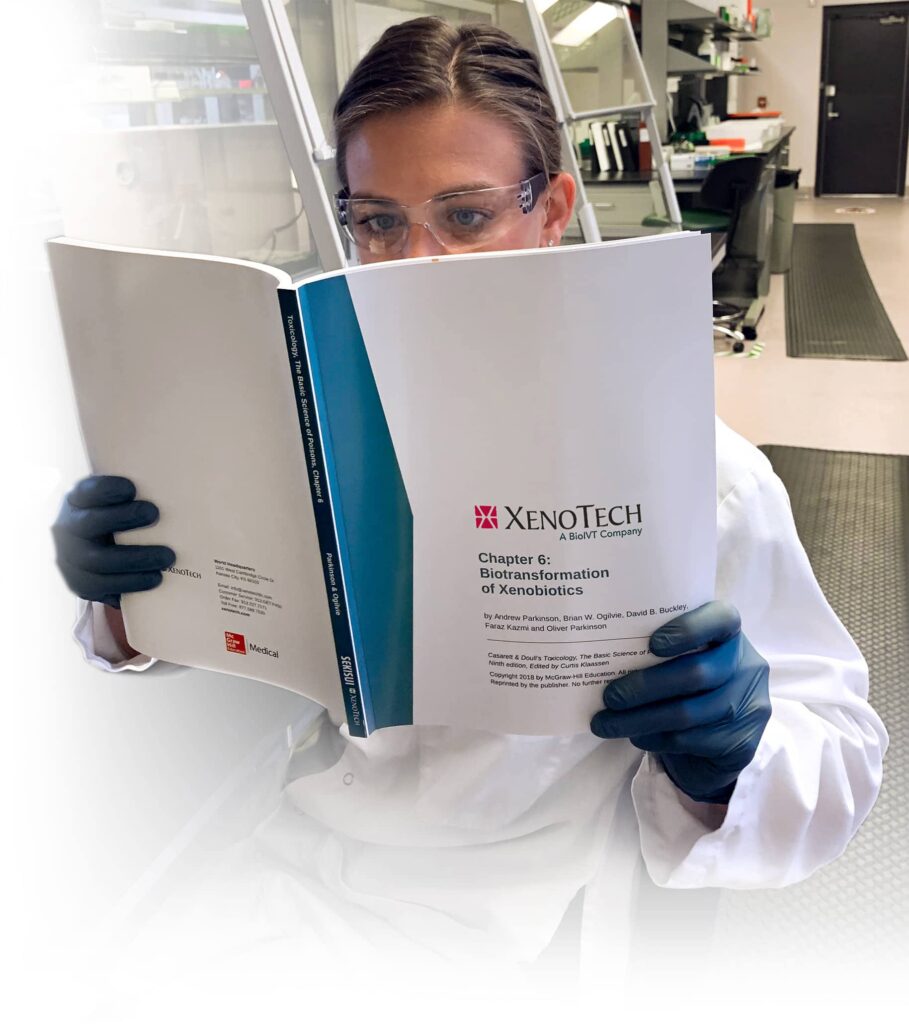
Use of enzyme inhibitors to evaluate the conversion pathways of ester and amide prodrugs: A case study example with the prodrug ceftobiprole medocaril
Gary Eichenbaum, Jennifer Skibbe, Andrew Parkinson, Mark D. Johnson, Dawn Baumgardner, Brian Ogilvie, Etsuko Usuki, Fred Tonelli, Jeff Holsapple and Anne Schmitt-Hoffmann
An approach was developed that uses enzyme inhibitors to support the assessment of the pathways that are responsible for the conversion of intravenously administered ester and amide prodrugs in different biological matrices. The methodology was applied to ceftobiprole medocaril (BAL5788), the prodrug of the cephalosporin antibiotic, ceftobiprole. The prodrug was incubated in plasma, postmitochondrial supernatant fractions from human liver (impaired and nonimpaired), kidney, and intestine as well as erythrocytes, in the presence and absence of different enzyme inhibitors (acetylcholinesterase, pseudocholinesterase, retinyl palmitoyl hydrolase, serine esterases, amidases, and cholinesterase). Hydrolysis was rapid, extensive, and not dependent on the presence of β-nicotinamide-adenine dinucleotide phosphate (reduced form) in all matrices tested, suggesting the involvement of carboxylesterases but not P450 enzymes. Hydrolysis in healthy human plasma was rapid and complete and only partially inhibited in the presence of paraoxonase inhibitors or in liver from hepatic impaired patients, suggesting involvement of nonparaoxonase pathways. The results demonstrate the utility of this approach in confirming the presence of multiple conversion pathways of intravenously administered prodrugs and in the case of BAL5788 demonstrated that this prodrug is unlikely to be affected by genetic polymorphisms, drug interactions, or other environmental factors that might inhibit or induce the enzymes involved in its conversion. © 2011 Wiley Periodicals, Inc. and the American Pharmacists Association J Pharm Sci 101:1242–1252, 2012